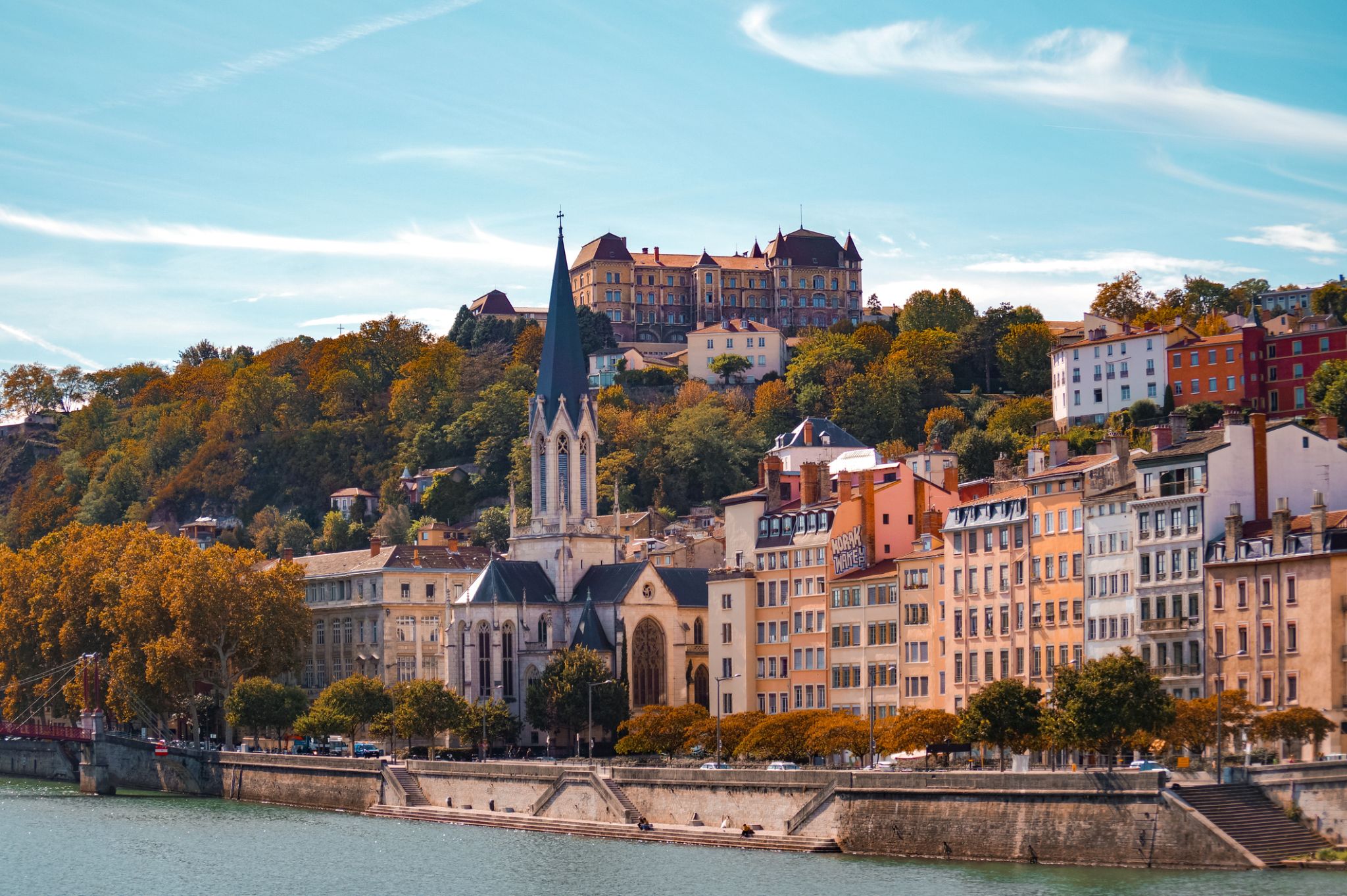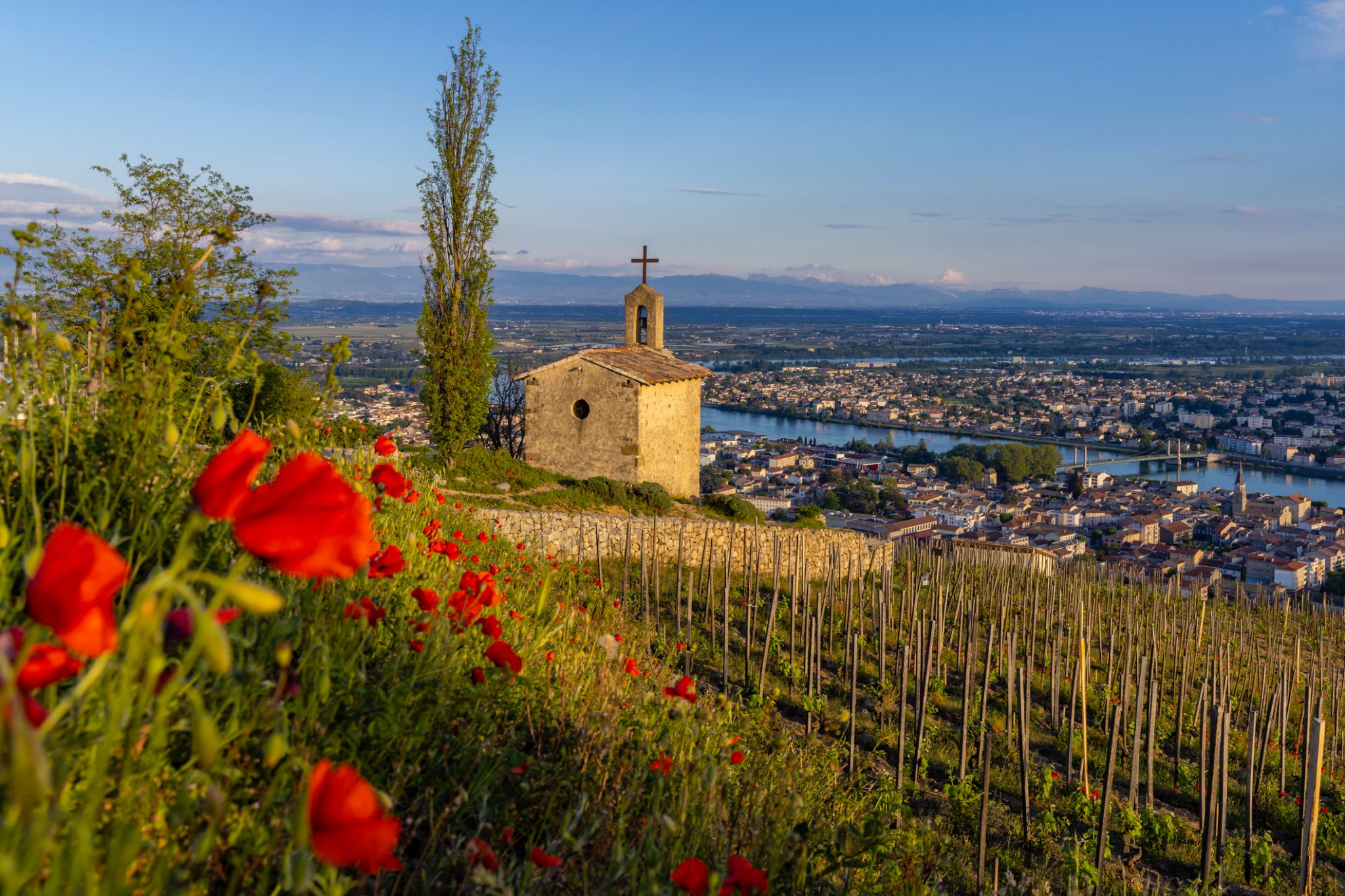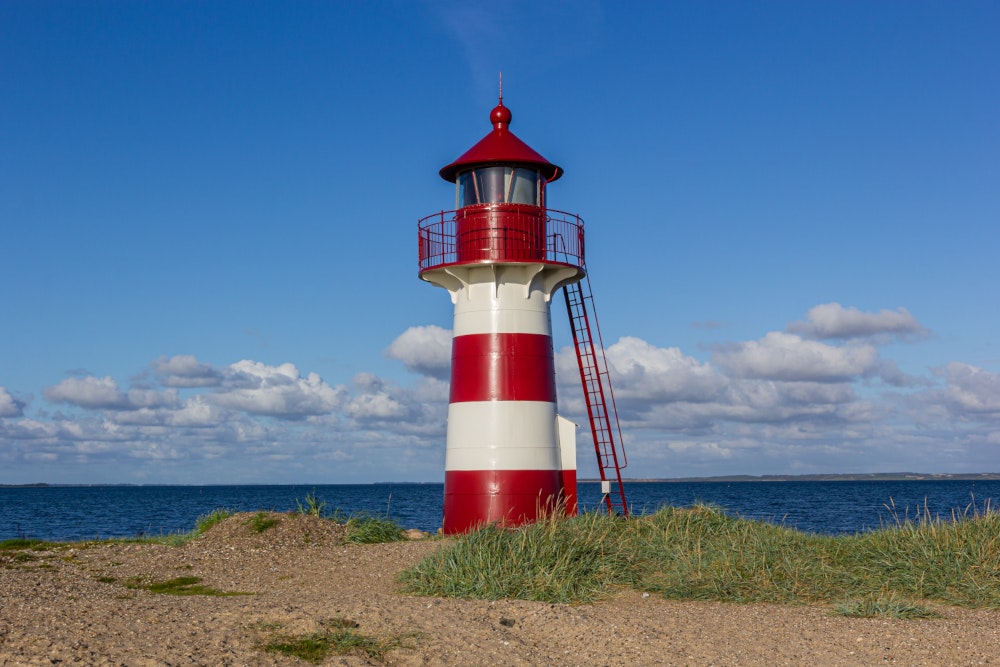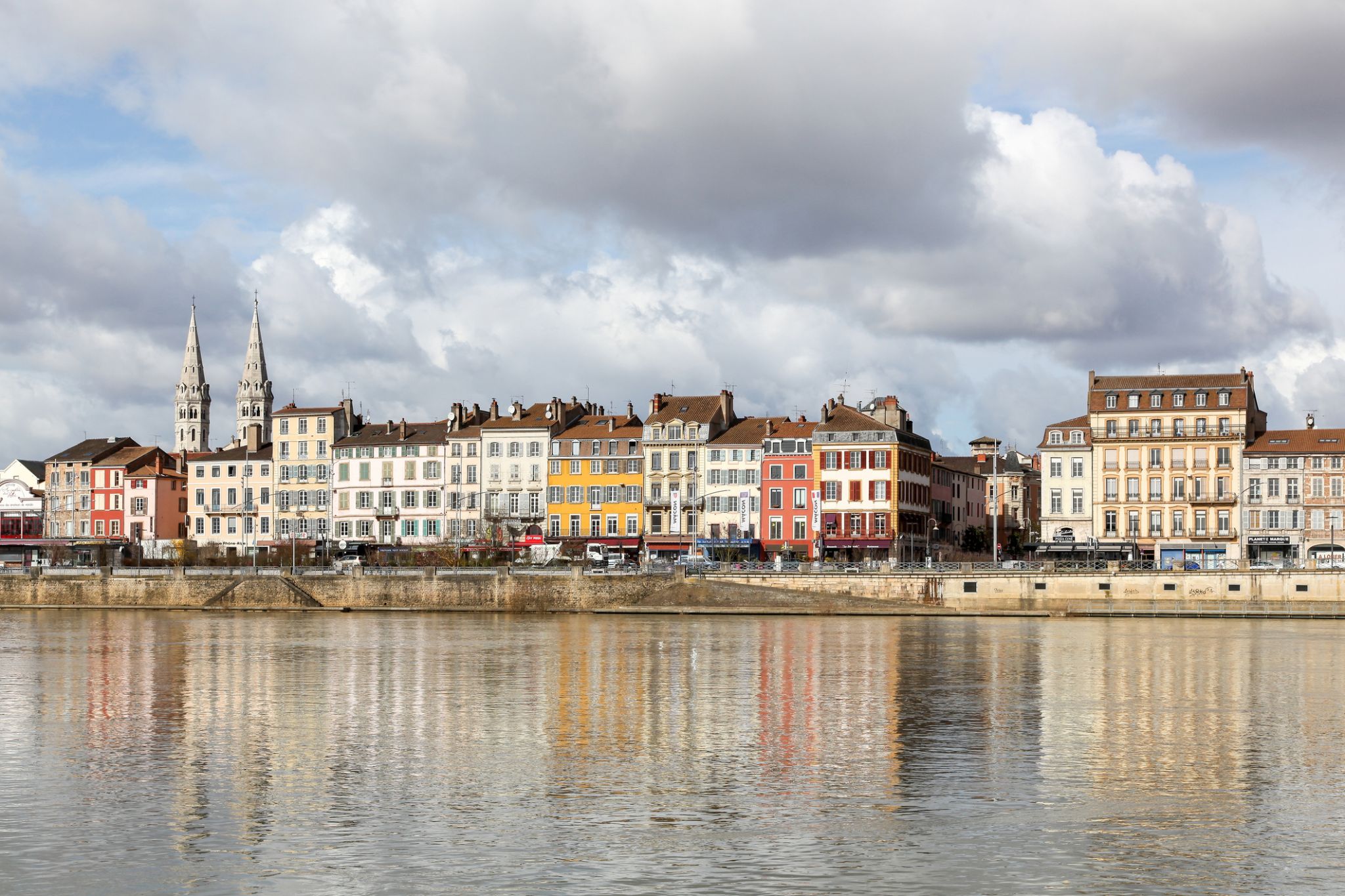

| Region rejsu : Europa |
| Firma : Croisi Europe |
| Statek : MS Mistral |
| Data rozpoczęcia : śr. 29 paź 2025 |
| Data zakończenia : niedz. 02 lis 2025 |
| Liczba nocy : 4 nocy |
| Dzień | Data | Port | Wypłynięcie | Odpłynięcie |
|---|---|---|---|---|
| 1 | 29.10 śr. | Lyon / Francja | 18:00 | |
| 2 | 30.10 czw. | Lyon / Francja | 05:00 | |
| 2 | 30.10 czw. | Tain-l'Hermitage / Francja | 13:00 | |
| 3 | 31.10 pt. | Tain-l'Hermitage / Francja | 02:00 | |
| 3 | 31.10 pt. | Żyła / Austria | 07:30 | 11:00 |
| 3 | 31.10 pt. | Lyon / Francja | 14:00 | 17:30 |
| 3 | 31.10 pt. | Collonge-au-Mont-d'Or / Francja | 19:15 | |
| 4 | 1.11 sob. | Collonge-au-Mont-d'Or / Francja | 03:00 | |
| 4 | 1.11 sob. | Mâcon / Francja | 08:30 | 11:00 |
| 4 | 1.11 sob. | Belleville / Francja | 13:30 | 14:15 |
| 4 | 1.11 sob. | Trévoux / Francja | 16:30 | 19:00 |
| 4 | 1.11 sob. | Lyon / Francja | 22:30 |
All inclusive na pokładzie
Wszystkie posiłki w cenie - NAPOJE W CENIE do posiłków i w barze
Wykwintna kuchnia francuska - Uroczysta kolacja i wieczór - Koktajl powitalny
Bezpłatne Wi-Fi na pokładzie
Zestawy słuchawkowe w cenie na wycieczki
Oficjalne powitanie przez kapitana i załogę
Atrakcje na pokładzie
Asysta w podróży i ubezpieczenie repatriacyjne
Wszystkie opłaty portowe w cenie
Dodatkowe wydatki:
Przelot i transfery do/z portów wylotu i przylotu
Wydatki osobiste (np. pamiątki, dodatkowe napoje poza wliczonymi w cenę)
Napiwki dla załogi i przewodników (zalecane) od 9 EUR dziennie za osobę
Ubezpieczenie medyczne (opcjonalnie, według własnego uznania)
Wycieczki i zajęcia nieobjęte programem
Dodatkowe usługi na pokładzie (spa, masaże, pralnia itp.)
WARUNKI PŁATNOŚCI I REZERWACJI:
Zaliczka w wysokości 30% jest wymagana w ciągu 4 dni od potwierdzenia rezerwacji, jeśli płatność odbywa się kartą kredytową, przelewem bankowym lub czekiem osobistym. W przypadku płatności kartą kredytową należy podpisać formularz autoryzacyjny. W przypadku płatności przelewem, przelew musi wpłynąć w ciągu 8 dni od potwierdzenia. Płatność końcowa jest wymagana co najmniej 90 dni przed wyjazdem. Vouchery zostaną wysłane e-mailem na 30 dni przed wyjazdem i tylko po dokonaniu pełnej płatności. Rezerwacja jest uznawana za potwierdzoną po otrzymaniu przez nas zaliczki w wysokości 30% ceny rejsu lub, jeśli rezerwacja zostanie potwierdzona na 90 dni przed wyjazdem, po otrzymaniu pełnej płatności. Brak zapłaty pozostałej kwoty w terminie 90 dni jest naruszeniem umowy, które uprawnia nas do anulowania umowy i zatrzymania zaliczki, jeśli nie dokonasz płatności w ciągu ośmiu dni od powiadomienia o braku płatności.
ANULOWANIE:
1) PRAWO PODRÓŻNEGO DO ANULOWANIA
Podróżny może anulować umowę w dowolnym momencie przed rozpoczęciem podróży lub pobytu, z zastrzeżeniem uiszczenia odpowiednich opłat za anulowanie lub, w stosownych przypadkach, standardowych opłat za anulowanie pobieranych przez organizatora lub sprzedawcę, zgodnie z artykułem L. 211-14 I Francuskiego Kodeksu Turystycznego.
2) KOSZTY ANULOWANIA
W przypadku anulowania przez klienta, zgodnie z artykułem L. 211-14 Francuskiego Kodeksu Turystycznego, wpłacone kwoty zostaną zwrócone pomniejszone o opłaty za anulowanie za osobę określone poniżej, w zależności od daty anulowania w stosunku do daty wyjazdu, oraz o bezzwrotne koszty ubezpieczenia, opłaty rezerwacyjne i opłaty wizowe, a także wszelkie inne opłaty ubezpieczeniowe i opłaty za anulowanie wymagane przez naszych dostawców. Jeśli jeden z pasażerów w pokoju dwuosobowym lub kabinie anuluje swoją rezerwację, pozostały pasażer będzie musiał uiścić dopłatę za pokój dwuosobowy lub kabinę do indywidualnego użytku. Wszystkie anulacje muszą zostać wysłane do sprzedawcy listem poleconym za potwierdzeniem odbioru.
Koszt anulowania rejsów rzecznych CroisiEurope:
• Ponad 90 dni przed datą wyjazdu: 150 € (bez VAT), od osoby pobierana jest opłata administracyjna (opłaty za rejsy weekendowe tematyczne i jarmarki bożonarodzeniowe podane są poniżej)
• Od 90 do 60 dni: 20% całkowitej kwoty pakietu
• Od 59 do 30 dni: 50% całkowitej kwoty pakietu
• Od 29 do 19 dni: 60% całkowitej kwoty pakietu
• Od 18 do 9 dni: 75% całkowitej kwoty pakietu
• Do 8 dni przed wyjazdem: 100% całkowitej kwoty pakietu
W przypadku rejsów weekendowych tematycznych i jarmarków bożonarodzeniowych CroisiEurope pobierana jest opłata za anulowanie w wysokości 50 € (bez VAT) od osoby, jeśli anulowanie nastąpiło ponad 90 dni przed wyjazdem. Powyższa tabela opłat pozostaje niezmieniona dla tych rejsów. Koszt anulowania rejsów morskich CroisiEurope:
• Ponad 90 dni przed datą wyjazdu: 300 EUR bez VAT, opłata administracyjna pobierana jest od osoby
• Od 90 do 60 dni: 40% całkowitej kwoty pakietu rejsowego
• Od 59 do 30 dni: 60% całkowitej kwoty pakietu rejsowego
• Od 29 do 9 dni: 75% całkowitej kwoty pakietu rejsowego
• Do 8 dni przed datą wyjazdu: 100% całkowitej kwoty pakietu rejsowego
Zgodnie z powyższymi warunkami anulowania, opłaty za anulowanie rejsów rzecznych i morskich CroisiEurope „Sylwester” są następujące:
• Ponad 90 dni przed datą wyjazdu: 300 EUR bez VAT, opłata administracyjna pobierana jest od osoby
• Od 90 do 60 dni: 40% całkowitej kwoty pakietu rejsowego
• Od 59 do 30 dni: 60% całkowitej kwoty pakietu rejsowego
• Od 29 do 20 dni: 75% całkowitej kwoty pakietu rejsowego
• 19 dni lub mniej przed wyjazdem: 100% całkowitej kwoty pakietu rejsowego
Opłaty za anulowanie rejsów po Mekongu, Gangesie, Nilu i w Afryce Południowej:
• Ponad 90 dni przed datą wyjazdu: 300 €, bez VAT, opłata administracyjna pobierana od osoby
• Od 90 do 61 dni: 35% całkowitej kwoty pakietu rejsowego
• Od 60 do 31 dni: 50% całkowitej kwoty pakietu rejsowego
• Od 30 do 20 dni: 70% całkowitej kwoty pakietu rejsowego
• Od 19 do 9 dni: 80% całkowitej kwoty pakietu rejsowego
• 8 dni lub mniej przed wyjazdem: 100% całkowitej kwoty pakietu rejsowego
Akceptując niniejsze ogólne warunki sprzedaży, podróżny wyraźnie potwierdza, że został wcześniej poinformowany i zgadza się na opłaty za anulowanie w sposób określony w regulaminie. określone powyżej.
WAŻNE: Wszystkie pakiety obejmujące transport lotniczy podlegają ogólnym i szczegółowym warunkom anulowania rezerwacji wyznaczonych linii lotniczych. W przypadku anulowania przez jednego lub więcej pasażerów, obowiązują następujące warunki anulowania:
• Usługi rzeczne, morskie i przybrzeżne: zgodnie z ogólnymi warunkami CroisiEurope.
• Transport lotniczy: warunki wyznaczonej linii lotniczej, dostępne na stronach internetowych poszczególnych linii lotniczych lub w naszych działach rezerwacji na żądanie.
Ponadto, kwota anulowania w przypadku opłat związanych z usługami naziemnymi (np. hotelowymi) kwota będzie odpowiadać kwocie rzeczywistych opłat zafakturowanych przez partnera na rzecz CroisiEurope.

Lyon is the third-largest city and second-largest urban area of France. It is located in the country's east-central part at the confluence of the rivers Rhône and Saône,about 470 km (292 mi) south from Paris, 320 km (199 mi) north from Marseille and 56 km (35 mi) northeast from Saint-Étienne. Inhabitants of the city are called Lyonnais.
Lyon had a population of 513,275 in 2015. It is the capital of the Metropolis of Lyon and the region of Auvergne-Rhône-Alpes. The Lyon metropolitan area had a population of 2,265,375 in 2014, the second-largest urban area in France. The city is known for its cuisine and gastronomy, and historical and architectural landmarks; part of it is a registered as a UNESCO World Heritage site. Lyon was historically an important area for the production and weaving of silk. Lyon played a significant role in the history of cinema: it is where Auguste and Louis Lumièreinvented the cinematograph. It is also known for its light festival, the Fête des Lumières, which begins every 8 December and lasts for four days, earning Lyon the title of Capital of Lights.
Economically, Lyon is a major centre for banking, as well as for the chemical, pharmaceutical, and biotech industries. The city contains a significant software industry with a particular focus on video games, and in recent years has fostered a growing local start-up sector. Lyon hosts the international headquarters of Interpol, the International Agency for Research on Cancer and Euronews. It was ranked 19th globally and second in France for innovation in 2014. It ranked second in France and 39th globally in Mercer's 2015 liveability rankings.

Lyon is the third-largest city and second-largest urban area of France. It is located in the country's east-central part at the confluence of the rivers Rhône and Saône,about 470 km (292 mi) south from Paris, 320 km (199 mi) north from Marseille and 56 km (35 mi) northeast from Saint-Étienne. Inhabitants of the city are called Lyonnais.
Lyon had a population of 513,275 in 2015. It is the capital of the Metropolis of Lyon and the region of Auvergne-Rhône-Alpes. The Lyon metropolitan area had a population of 2,265,375 in 2014, the second-largest urban area in France. The city is known for its cuisine and gastronomy, and historical and architectural landmarks; part of it is a registered as a UNESCO World Heritage site. Lyon was historically an important area for the production and weaving of silk. Lyon played a significant role in the history of cinema: it is where Auguste and Louis Lumièreinvented the cinematograph. It is also known for its light festival, the Fête des Lumières, which begins every 8 December and lasts for four days, earning Lyon the title of Capital of Lights.
Economically, Lyon is a major centre for banking, as well as for the chemical, pharmaceutical, and biotech industries. The city contains a significant software industry with a particular focus on video games, and in recent years has fostered a growing local start-up sector. Lyon hosts the international headquarters of Interpol, the International Agency for Research on Cancer and Euronews. It was ranked 19th globally and second in France for innovation in 2014. It ranked second in France and 39th globally in Mercer's 2015 liveability rankings.

Tain-l'Hermitage jest gminą w departamencie Drôme w południowo-wschodniej Francji.
Położone jest na lewym brzegu Rodanu, naprzeciwko Tournon-sur-Rhône, które znajduje się w Ardèche. Widok z pokrytego winoroślą wzgórza nad miastem przyciągnął wielu turystów, w tym Thomasa Jeffersona.
Jest to znacząca gmina produkująca wino, w tym Hermitage AOC, Crozes-Hermitage AOC i Cornas AOC. Wina czerwone produkowane są z Syrah, a białe z Marsanne i/lub Roussanne. W Tain-l'Hermitage znajduje się wiele winiarni, w tym Maison M. Chapoutier, Caves de Tain i Paul Jaboulet Âiné, a także wiele mniejszych posiadłości.
W 1818 roku w gminie założono francuskiego negocjanta winnego Calvet, założonego przez Jeana-Marie Calvet. Wkrótce potem rozszerzył swoją działalność na Bordeaux, osiedlając się w samym mieście i budując château w Médoc w 1870 roku.

Tain-l'Hermitage jest gminą w departamencie Drôme w południowo-wschodniej Francji.
Położone jest na lewym brzegu Rodanu, naprzeciwko Tournon-sur-Rhône, które znajduje się w Ardèche. Widok z pokrytego winoroślą wzgórza nad miastem przyciągnął wielu turystów, w tym Thomasa Jeffersona.
Jest to znacząca gmina produkująca wino, w tym Hermitage AOC, Crozes-Hermitage AOC i Cornas AOC. Wina czerwone produkowane są z Syrah, a białe z Marsanne i/lub Roussanne. W Tain-l'Hermitage znajduje się wiele winiarni, w tym Maison M. Chapoutier, Caves de Tain i Paul Jaboulet Âiné, a także wiele mniejszych posiadłości.
W 1818 roku w gminie założono francuskiego negocjanta winnego Calvet, założonego przez Jeana-Marie Calvet. Wkrótce potem rozszerzył swoją działalność na Bordeaux, osiedlając się w samym mieście i budując château w Médoc w 1870 roku.

Vienna is the federal capital and largest city of Austria, and one of the nine states of Austria. Vienna is Austria's primate city, with a population of about 1.9 million (2.6 million within the metropolitan area, nearly one third of Austria's population), and its cultural, economic, and political centre. It is the 7th-largest city by population within city limits in the European Union. Until the beginning of the 20th century, it was the largest German-speaking city in the world, and before the splitting of the Austro-Hungarian Empire in World War I, the city had 2 million inhabitants. Today, it has the second largest number of German speakers after Berlin.Vienna is host to many major international organizations, including the United Nations and OPEC. The city is located in the eastern part of Austria and is close to the borders of the Czech Republic, Slovakia, and Hungary. These regions work together in a European Centrope border region. Along with nearby Bratislava, Vienna forms a metropolitan region with 3 million inhabitants. In 2001, the city centre was designated a UNESCO World Heritage Site. In July 2017 it was moved to the list of World Heritage in Danger.
Apart from being regarded as the City of Music[ because of its musical legacy, Vienna is also said to be "The City of Dreams" because it was home to the world's first psychoanalyst – Sigmund Freud. The city's roots lie in early Celticand Roman settlements that transformed into a Medieval and Baroque city, and then the capital of the Austro-Hungarian Empire. It is well known for having played an essential role as a leading European music centre, from the great age of Viennese Classicism through the early part of the 20th century. The historic centre of Vienna is rich in architectural ensembles, including Baroque castles and gardens, and the late-19th-century Ringstraße lined with grand buildings, monuments and parks.
Vienna is known for its high quality of life. In a 2005 study of 127 world cities, the Economist Intelligence Unit ranked the city first (in a tie with Vancouver and San Francisco) for the world's most liveable cities. Between 2011 and 2015, Vienna was ranked second, behind Melbourne. In 2018, it replaced Melbourne as the number one spot. For eight consecutive years (2009–2016), the human-resource-consulting firm Mercer ranked Vienna first in its annual "Quality of Living" survey of hundreds of cities around the world, a title the city still held in 2016. Monocle's 2015 "Quality of Life Survey" ranked Vienna second on a list of the top 25 cities in the world "to make a base within."
The UN-Habitat classified Vienna as the most prosperous city in the world in 2012/2013. The city was ranked 1st globally for its culture of innovation in 2007 and 2008, and sixth globally (out of 256 cities) in the 2014 Innovation Cities Index, which analyzed 162 indicators in covering three areas: culture, infrastructure, and markets. Vienna regularly hosts urban planning conferences and is often used as a case study by urban planners.
Between 2005 and 2010, Vienna was the world's number-one destination for international congresses and conventions. It attracts over 6.8 million tourists a year.

Lyon is the third-largest city and second-largest urban area of France. It is located in the country's east-central part at the confluence of the rivers Rhône and Saône,about 470 km (292 mi) south from Paris, 320 km (199 mi) north from Marseille and 56 km (35 mi) northeast from Saint-Étienne. Inhabitants of the city are called Lyonnais.
Lyon had a population of 513,275 in 2015. It is the capital of the Metropolis of Lyon and the region of Auvergne-Rhône-Alpes. The Lyon metropolitan area had a population of 2,265,375 in 2014, the second-largest urban area in France. The city is known for its cuisine and gastronomy, and historical and architectural landmarks; part of it is a registered as a UNESCO World Heritage site. Lyon was historically an important area for the production and weaving of silk. Lyon played a significant role in the history of cinema: it is where Auguste and Louis Lumièreinvented the cinematograph. It is also known for its light festival, the Fête des Lumières, which begins every 8 December and lasts for four days, earning Lyon the title of Capital of Lights.
Economically, Lyon is a major centre for banking, as well as for the chemical, pharmaceutical, and biotech industries. The city contains a significant software industry with a particular focus on video games, and in recent years has fostered a growing local start-up sector. Lyon hosts the international headquarters of Interpol, the International Agency for Research on Cancer and Euronews. It was ranked 19th globally and second in France for innovation in 2014. It ranked second in France and 39th globally in Mercer's 2015 liveability rankings.

Wśród zielonych wzgórz i winnic na północ od Lyonu znajduje się Collonge-au-Mont-d'Or – malownicza miejscowość, gdzie francuska prowincjonalna elegancja spotyka się z kulinarnym dziedzictwem. To tutaj znajduje się słynna restauracja Paula Bocuse’a, jednego z najbardziej wpływowych szefów kuchni XX wieku, która do dziś przyciąga smakoszy z całego świata.
Spacerując wzdłuż rzeki Saôny lub wąskimi uliczkami otoczonymi kamiennymi domami, można poczuć prawdziwy spokój i ciepło. Collonge-au-Mont-d'Or zachwyca naturalną harmonią, a jego bliskość do Lyonu czyni je idealnym miejscem na krótki wypoczynek lub weekendową ucztę.

Wśród zielonych wzgórz i winnic na północ od Lyonu znajduje się Collonge-au-Mont-d'Or – malownicza miejscowość, gdzie francuska prowincjonalna elegancja spotyka się z kulinarnym dziedzictwem. To tutaj znajduje się słynna restauracja Paula Bocuse’a, jednego z najbardziej wpływowych szefów kuchni XX wieku, która do dziś przyciąga smakoszy z całego świata.
Spacerując wzdłuż rzeki Saôny lub wąskimi uliczkami otoczonymi kamiennymi domami, można poczuć prawdziwy spokój i ciepło. Collonge-au-Mont-d'Or zachwyca naturalną harmonią, a jego bliskość do Lyonu czyni je idealnym miejscem na krótki wypoczynek lub weekendową ucztę.

Malowniczo położone nad brzegiem rzeki Saona, Macon zachwyca atmosferą południowej Burgundii. To francuskie miasto łączy elegancką architekturę, starożytne tradycje winiarskie i spokojne tempo życia. Macon znane jest jako miejsce urodzenia poety Alphonse’a de Lamartine’a oraz centrum regionu winiarskiego Mâconnais, słynącego z chardonnay.
Spacerując po starym mieście, można podziwiać kwitnące balkony, przytulne kawiarenki i zabytki, takie jak kościół Saint-Pierre czy drewniany dom z XV wieku. Miłośnicy natury i dobrej kuchni mogą wybrać się na szlaki winiarskie lub podziwiać widoki z mostu Saint-Laurent. Macon to idealne miejsce, by poczuć francuski urok z dala od zgiełku dużych miast.

Przez swoją żywą mieszankę kultur i tradycji, Belleville oferuje turystom wyjątkowe poczucie prawdziwego paryskiego ducha. Ta dzielnica przyciąga swoją atmosferą, gdzie stare uliczki łączą się z nowoczesnymi kawiarniami i rynkami, a liczne restauracje oferują dania z całego świata. Spacerując po zielonych parkach, takich jak park Belleville, można odpocząć od miejskiego zgiełku, ciesząc się naturą i pięknymi widokami na Paryż.
Belleville jest również centrum życia kulturalnego, w którym sztuka i kreatywność łączą się z historią. Artyści uliczni, wydarzenia kulturalne i interesujące wystawy nadają dzielnicy wyjątkową atmosferę, odzwierciedlającą różnorodność i energię miasta. To miejsce idealne dla tych, którzy chcą zanurzyć się w prawdziwej paryskiej atmosferze, z dala od typowych szlaków turystycznych.

Trévoux is a commune in the Ain department in eastern France. The inhabitants are known as Trévoltiens.
It is a suburb of Lyon, built on the steeply sloping left bank of the river Saône.
In AD 943, the treaty of Verdun divided up the empire of Charlemagne. The river Saône became the frontier between France and the Empire. It is thanks to this border location that Trévoux gained its particular political status.
From the 13th century, the Trévoux river toll became important, and the town built a castle and walls.
On the 30th of June 1417, the local baron issued a decree allowing the local Jewish population to continue to study the Talmud, contrary to the decision taken in Chambéry in January 1417 as a result of which Jewish books had been seized and burned.
In 1523, the French king François the 1st confiscated the Dombes region and founded a parliament for the region in Lyon.
At the end of the 17th century, two important sovereign princes, Anne-Marie Louise of Orléans, Duchess of Montpensier known as "la Grande Mademoiselle", and her successor Louis-Auguste of Bourbon, duke of Maine, raised two monuments which are still notable in the landscape - the Montpensier hospital and the Palace of the Dombes Parliament.
In 1560, the Dombes region fell to the Bourbons. The town became rich as the capital of Dombes principality and seat of its parliament from 1697 to 1771. The town is also known at this time for a dictionary, printed there from 1704 to 1771 by the Jesuits.
In 1762, the principality of the Dombes was definitively absorbed into France.
The town was a sub-prefecture of Ain until 1926.
From the end of the 19th century until the 1950s, Trévoux was the global capital of the manufacture of synthetic diamonds.

Lyon is the third-largest city and second-largest urban area of France. It is located in the country's east-central part at the confluence of the rivers Rhône and Saône,about 470 km (292 mi) south from Paris, 320 km (199 mi) north from Marseille and 56 km (35 mi) northeast from Saint-Étienne. Inhabitants of the city are called Lyonnais.
Lyon had a population of 513,275 in 2015. It is the capital of the Metropolis of Lyon and the region of Auvergne-Rhône-Alpes. The Lyon metropolitan area had a population of 2,265,375 in 2014, the second-largest urban area in France. The city is known for its cuisine and gastronomy, and historical and architectural landmarks; part of it is a registered as a UNESCO World Heritage site. Lyon was historically an important area for the production and weaving of silk. Lyon played a significant role in the history of cinema: it is where Auguste and Louis Lumièreinvented the cinematograph. It is also known for its light festival, the Fête des Lumières, which begins every 8 December and lasts for four days, earning Lyon the title of Capital of Lights.
Economically, Lyon is a major centre for banking, as well as for the chemical, pharmaceutical, and biotech industries. The city contains a significant software industry with a particular focus on video games, and in recent years has fostered a growing local start-up sector. Lyon hosts the international headquarters of Interpol, the International Agency for Research on Cancer and Euronews. It was ranked 19th globally and second in France for innovation in 2014. It ranked second in France and 39th globally in Mercer's 2015 liveability rankings.